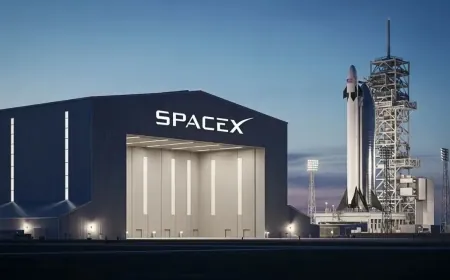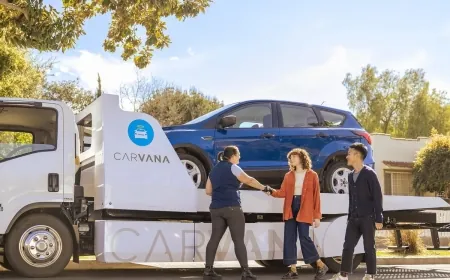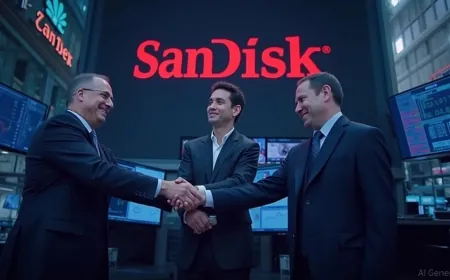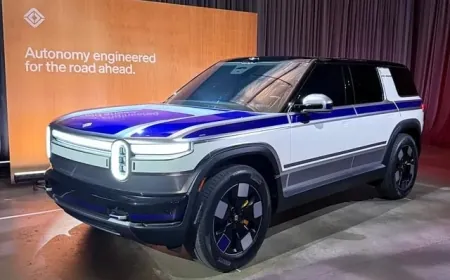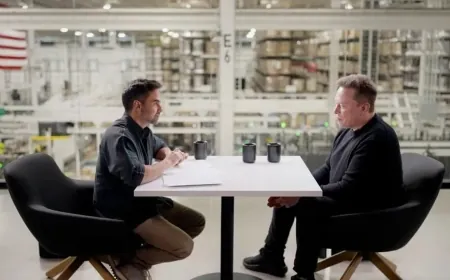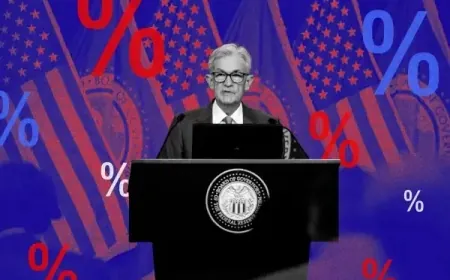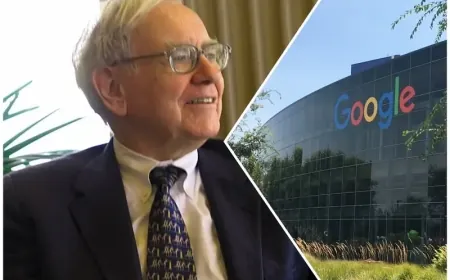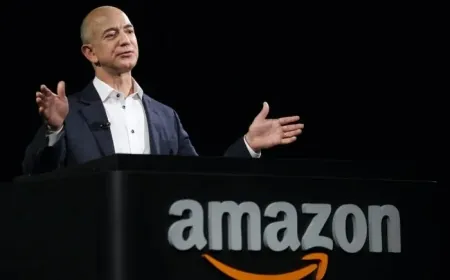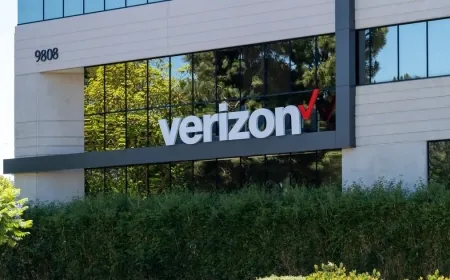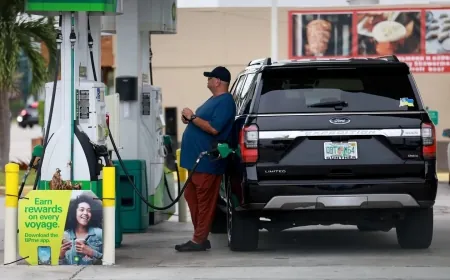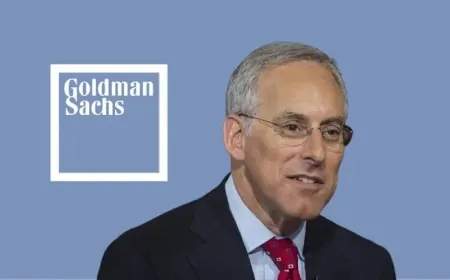EV Market Expected to Grow Despite End of $7,500 Tax Credit, Says Former Tesla Exec
Former Tesla exec says U.S. EV sales will continue rising despite the expired $7,500 tax credit, with more models and affordability driving demand.
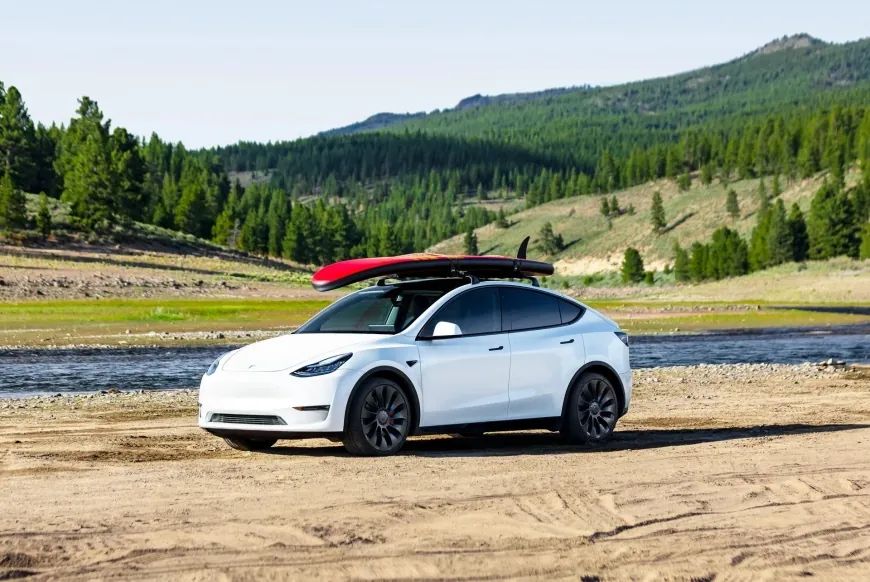
Jon McNeill, former Tesla president of global sales and service and current GM board member, said the U.S. electric vehicle market can continue expanding even after the federal $7,500 EV tax credit expired. Speaking to CNBC, McNeill said that broader availability of models and more affordable options will sustain consumer interest.
“There are now 65 EV models available in the U.S., ranging from entry-level to premium vehicles,” McNeill said. Including hybrid vehicles, roughly 25% of all new cars sold in the U.S. are electrified, reflecting significant market penetration.
He compared the U.S. market to Europe, noting that countries like Germany reduced EV subsidies in previous years, yet EV adoption continued to grow, suggesting the market can adapt without federal incentives.
EV Sales Rise Despite Tax Credit Expiry
The end of the $7,500 federal tax credit temporarily accelerated EV sales in the U.S., a phenomenon often referred to as a “pull-forward effect.” In the most recent quarter, Tesla’s deliveries increased 7%, while GM’s EV sales doubledcompared with the same period last year. A significant portion of these sales came from affordable EV models, showing demand beyond luxury buyers.
Not all automakers share this optimism. Ford CEO Jim Farley forecasted a slowdown, estimating that EVs could fall to 5% of total vehicle sales, down from the current 10–12%. He cited high prices as the main constraint, noting that vehicles priced around $75,000 remain out of reach for many consumers despite interest in performance and efficiency.
EVs Provide Backup Power to Homes
Jon McNeill highlighted that some electric vehicles now allow bidirectional charging, sending electricity from the car back to a home or local grid. He said his Silverado EV can supply power to his house for about two weeks, serving as a temporary energy source during outages.
Some utilities are starting programs that reward EV owners for sharing battery power. McNeill noted his local utility offered a discount on his electricity bill for allowing access to 20% of his vehicle’s battery. He expects automakers to include this feature in more models over the next few years.
Farley added that plug-in hybrids and extended-range EVs are gaining traction, particularly in states such as Florida and Texas, where electricity reliability and extreme weather events make home energy support valuable.
State Policies Support EV Integration with Power Grids
Jon McNeill said state policies are currently more influential than federal programs in encouraging EV use with local power grids. The U.S. operates over 1,000 separate electricity grids, and several states are offering incentives to help utilities manage electricity demand. These programs allow EV owners to participate in energy-sharing schemes while reducing household electricity costs.
Consumer Choices and Automaker Strategies
The U.S. EV market continues to expand even after the $7,500 federal tax credit ended. 65 EV models are now available, and when combined with hybrids, one in four new vehicles sold is electrified. Some vehicles can also supply electricity back to homes, adding practical value beyond transportation.
High prices remain a challenge. Vehicles priced around $75,000 may limit adoption, according to Ford CEO Jim Farley, who expects slower sales in the premium segment.
Automakers are adjusting by offering more affordable models, increasing variety, and adding features such as bidirectional charging. Compliance with state energy programs is also becoming a key factor for companies selling EVs in regions with grid-support incentives.





